Drying tomatoes is easy and I use them in breads, soups, salads, and any recipe that needs a bit of color and punch of taste. I have a dehydrator, and all I do is slice them and put them into the dehydrator out on the porch. Once they are dry I put them jars for safe keeping.
I came across this recipe and it's a good one, especially if you don't have a dehydrator and want to put up a few tomatoes for the season. I use this recipe if I am going to put the tomatoes with herbs and olive oil.
READY IN: 55 mins
YIELD: 4 half pints
Ingredients
- Ripe Italian tomatoes, (Roma) sliced open - enough to cover a cookie sheet
- 2 tablespoons extra virgin olive oil - extra needed too top off jars
- 2 tablespoons dried Italian herb seasoning (such as basil, oregano or rosemary)
- 2 tablespoons balsamic vinegar
- 2 teaspoons fresh lemon juice
- 1 teaspoon salt
- fresh ground pepper
Directions
- Heat oven to 225°.
- Combine tomatoes, 2 T. olive oil, herbs, vinegar, lemon juice, salt and pepper to taste in a mixing bowl.
- Arrange tomatoes in rows on a cookie sheet- with parchment paper
- Bake 1 hr.
- Cool to room temperature, about 15 min.
- Place in 4 half-pint canning jars - you may have extra
- Add extra olive oil to cover tomatoes in each jar.
- Tightly cover jars.
- Refrigerate.
- **Note: Olive oil will solidify in the refrigerator, but this won't affect the tomatoes. The oil will re-liquefy at room temperature.
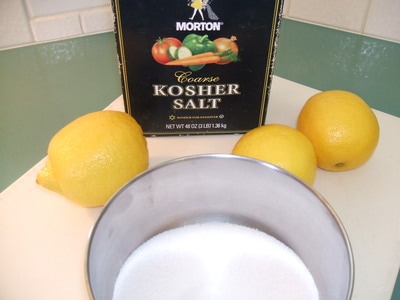
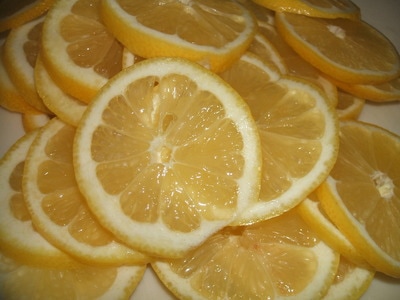
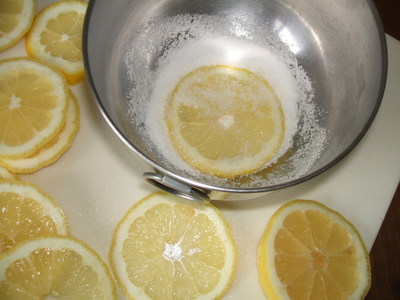
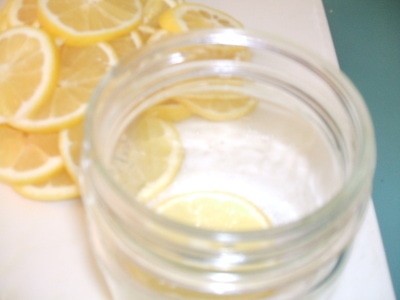
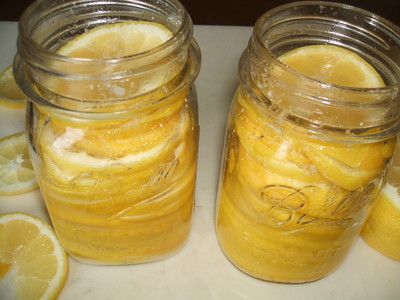
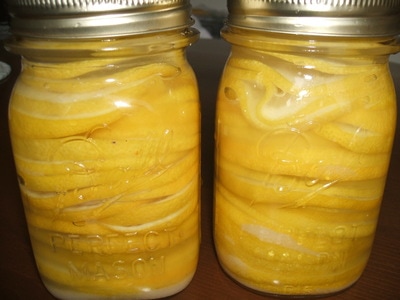
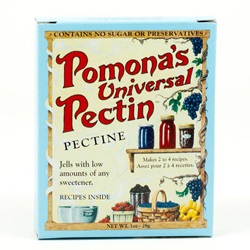
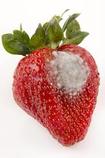
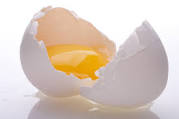
 RSS Feed
RSS Feed
